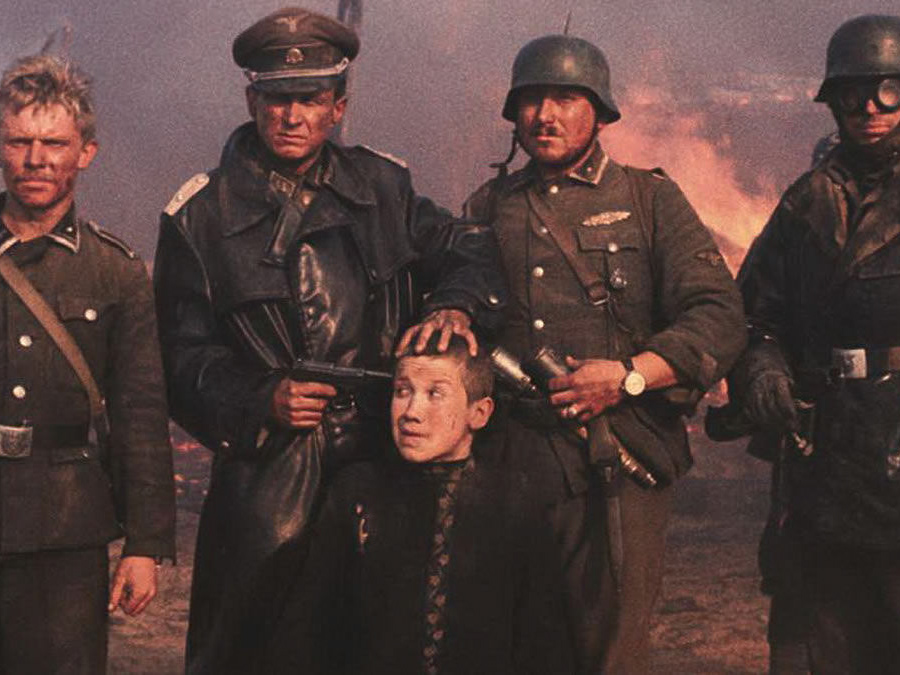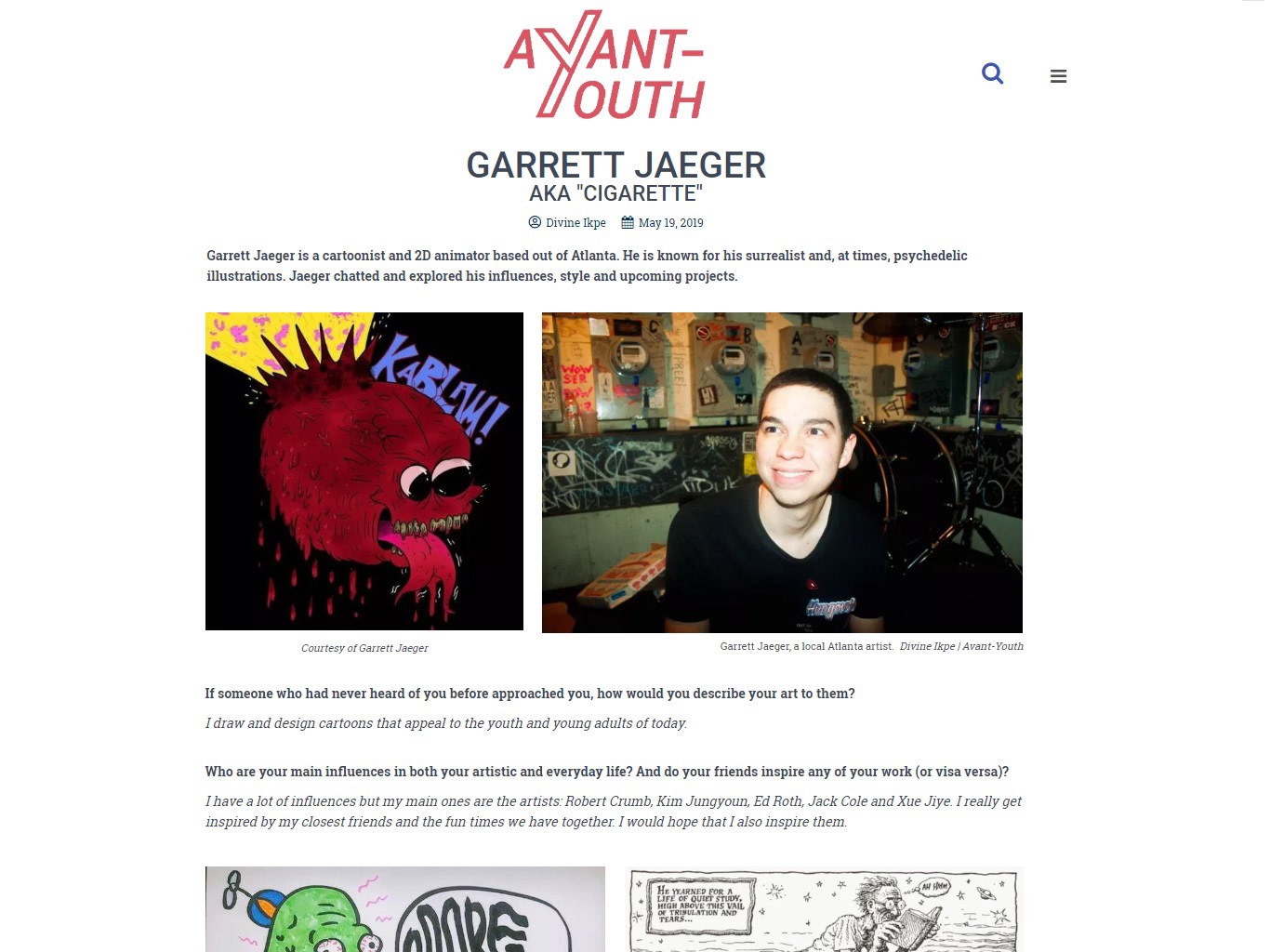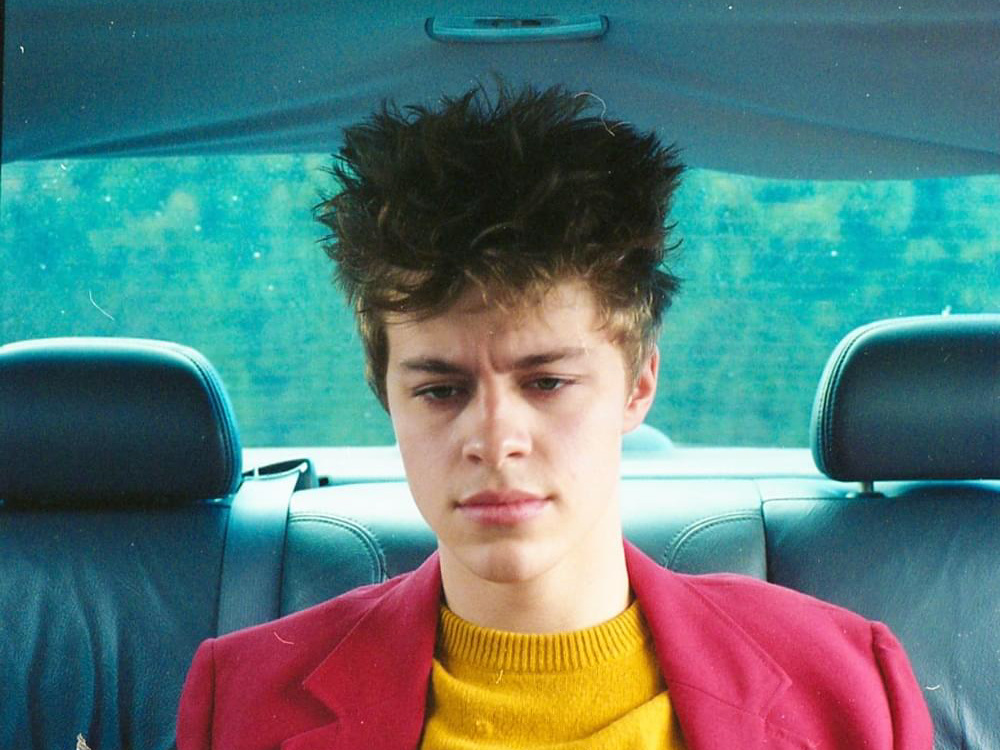"Nazisploitation! The Nazi Image in Low-Brow Cinema and Culture"
by Daniel H. Magilow, Elizabeth Bridges and Vander Lugt, Kristin T.
Term Paper I
For this first paper, I chose to read and review the Book Nazisploitation! The Nazi Image in Low-Brow Cinema and Culture by Daniel H. Magilow, Elizabeth Bridges and Vander Lugt, Kristin T. It was a conglomeration of scholarly articles which look into both trash and high-brow arthouse Nazisploitation cinema. I, as a lover of Tarantino, Kubrick, and film as a whole, found this book to be a very engaging read and immensely informative as well. It made me analyze and reflect upon the genres of film I frequent and if there is anything, such as genocide, that art should not expand upon.
I also enjoyed looking up information about the authors as well; I was moderately intrigued to see how their personal interests correlated with the content within the book. Maginlow has a B.A. in Comparative Literature, got a M.A. and Ph.D.in German at Princeton University, is currently an associate professor of German at the University of Tennessee, Knoxville and actively researches the Holocaust, the history of photography and more (“Daniel Magilow,” n.d.). Bridges is an avid online film and book reviewer, writer, professor in Memphis, Tennessee, has a Ph.D. in German Studies from Indiana University (concentrating in Film and Media), researched German 18th and 19th century texts, and is an advocate for beneficial representation of the LGBTQ+ community in the media (Bridges, 2008). Lastly, Vander Lugt is a German professor at George Mason University; there wasn’t much information about her online (“Kristin T. Vander Lugt,” 2011). I concluded, after finding out all of this information that the authors were indeed experts in this field and could somewhat figure out, at least in Bridges' case, which articles the authors may have picked.
I think this book is important because film and media have a large impact on how everyday people understand the world around them, for better or for worse. Therefore, analyzing what sort of media people consume helps to gather a better understanding of the historical knowledge people poses and how people perceive their society.
The book itself appears to beg the question whether or not movies considered trash cinema are even worth evaluating from an educational and historical standpoint. Should we only study documentaries, art house and high-brow cinema? Well, the authors suggest that high-brow and low-brow films have more in common than Hollywood would like to believe. Therefore, it is important to study both types in film to get a full look into what viewers consume and likewise, how it affects their perspective on actual historical events and occurrences.
Steven Spielberg's "Schindler's List" Movie Poster
The introduction was an overall synopsis of what was to come in the remainder of the book. It was pretty informational in of itself with little snapshots of information from each chapter and quoted the future articles as well. Then began the progression of articles, there were a wide variety of topics covered, but here is an all-encompassing summary. It started with stating how important film has become in regards to the retelling of history. Then delved into the history of Nazisploitation films. And there are three main parts: “I Origins, Histories and Genealogies,” “II Bitches, Whore and Dominatrices,” and “Heroes, Villains and The Undead.” Along with an Introduction, and 14 total chapters; the chapter cover a wide variety of content spanning from Hardcore Nazi porn to Nazi clones in Sci-fi films, the ambiguity of Inglorious Bastards as a genre film to Schindler’s List’s sexual undertone, and the exploration of pedophilia and incest regarding Nazis to female sexualization and male dominance.
While reading the first section, “I Origins, Histories and Genealogies,” I would legitimately feel like I was listening to the exact same chapter until they finally stated something that differed from the previous article. In addition, throughout the first and second (“II Bitches, Whore and Dominatrices”) sections some of the same movies were brought up quite frequently. Such as Ilsa: She Wolf of the SS (1975), The Night Porter (1974) and occasionally Salo (1975) (which I will expand upon later in this paper). The third section, “Heroes, Villains and The Undead” on the other hand, was relatively unique compared to the earlier ones, with the least amount of overlap. My only critique would be, regarding the subject matter, chapter 14 seemed somewhat out of place and maybe would have made more sense as a separate conclusion as opposed to being a part of that section.
Robert De Niro in Scorsese's "Taxi Driver"
Brief Film History, and The Creation of Nazisplotation Cinema
There was a new wave of cinema which began to emerge in the 1970’s in not only the United States (New Hollywood) but other countries as well. This new era in film was encouraged by the laxing of censorship laws, along with high-budget New Hollywood films created by directors such as Kubrick and Scorsese. There also emerged an abundance of low-budget exploitation films; these films included: “Blaxploitation, Nunsploitation, Mexploitation, ‘Mondo’ film, Women-in-prison” and, of course, Nazisploitation films (Magilow, et al., 1-2). Some of the films under that label, such as The Night Porter (1974) and Salo (or the 120 Days of Sodom, 1975), were arthouse films (under the more specific label of sadiconazista, which meant “sadism with Nazis”) served as metaphors for the effects of fascism, while others could be more classified as Sexploitation films with the Nazi Germany historical backgrounds.
Liliana Cavani's "The Night Porter" (1974) The Criterion Collection DVD Cover
There were sexploitation films that were cheap knockoffs of the sadiconazista films that lacked all of the meaning of the originals. Many of these Sexploitation films tried to justify their existence by flashing title cards, images, etc. which stated that the events in the movie were based off of true events and were therefore serving as a means to expose the horrors of Nazi Germany. When in reality, they just wanted to use the Nazi background in order to formulate intensely graphic sexual and torturous situations. The trailers for these films would often paint them to be very sexual, a softcore porno of sorts, but the films themselves would be more like slasher films as opposed to porn.
For example, In Ilsa: She Wolf of the SS (1974), staring the Playboy bunny Dyanne Thorne, there were only “five sexual scenes [total, compared to] 44 depictions of violence and torture” (Magilow, et al., 2-4). Both the Sexploitation and sadiconazista films featured sadomasochism, but the main difference was the reason for using it. Due to both of these genres though, SS uniforms and Nazi symbolism became popular tropes within sadomasochist porno and film as well. In addition, Sexploitation films also often took advantage of a few historical occurrences and dramatized and exaggerated the actual frequency of them, such as torture, experiments within the concentration camps on the prisoners and more.
These events did indeed happen in the camps but these films have a strong sexual undertone in regards to them. Also, they generally always sexualized female SS officers and female prisoners alike by constantly showing them in the nude. This is a feature that both high-brow and low-brow cinema share. For example, in Schindler's List (1993) there are two distinct scenes regarding the SS officer Goeth with strong sexual undertones that necessarily give him a dark sexual appeal and sexualize the respective women in the scenes with him as well:
“Goeth walks into the basement flat of his beautiful Jewish housekeeper during a party. First, he seems to adore her beauty - she is half naked, her breasts shimmer through her wet clothing...He provocatively asks her: ‘Are those the eyes of a rat?’ although she seems frozen in fear and keeps quiet, he accuses her of trying to seduce him, then beats her. Both scenes [including the one where he wakes up to randomly shoot Jews] maintain a certain sexual tension that adds to the violent threat” (Magilow, et al., 24)
This not only perpetuates the previously mentioned stereotype but also the one which relates SS power over the prisoners to sexual dominance and the constant Nazis equal the bad guys trope (which Spielberg has used before in the Indiana Jones series). Spielberg isn’t the only popular director that has used this stereotype, many others have as well including Tarantino. Another theme among these sorts of films were that powerful women were generally a bad thing and threatened the power of men. Also, there is a connection made within Nazisploitation media which suggests pedophilia, queerness, homosexuality, disabled sex and other sorts of deviant sex all related to Nazis presumably because of their stated inherent evil, whereas heterosexual sex, etc. related to Americans and other good guys of the war.
"Ilsa: She Wolf of the SS" (1974) Movie Poster
Then the book goes on to explore another reoccurring theme, the treat of Nazi/German science and the resurgence of Nazis to modern day society. Both films and other media, such as video games and television shows, have whole entire storylines build around Nazi zombies and clones of Nazi leaders (especially Hitler clones) coming into existence and wreaking havoc on our society, essentially continuing where they left off. Then it suggests that Tarantino’s Inglorious Basterds cannot “cannot be merely lumped into [the Nazisploitation] category” yet criticizes it for being a “fantasy full of brutal frivolity” (Magilow, et al., 258). And lastly it returns to sex claiming that The Gestapo's Last Orgy, 1977 and other hardcore BDSM Nazi related films “[employ] sadiconazista elements...only [to serve as] ‘picturesque and exotic’ functions and that these elements generally hold little meaning with regard to the (minimal) plot” and just like the softcore sexploitation films, they too start off with title cards proclaiming their truthfulness in order to justify their existence (Magilow, et al., 280).
Two quotes that directly support my initial thesis are in the introduction: “If it’s possible to reconstruct the interests, attitudes, and values of a lost society from its garbage” (Magilow, et al., 1), and the first chapter of the book:
“The great success of films such as Holocaust (1979) and Schindler’s List (1993) on public opinion about historical events - especially in Germany - strongly suggests that the worldwide audience is more open to fictionalized history than to more challenging essayistic work [...] This...invites the question: Has cinema reached the status of a historical archive for some audiences?[...] The four-part [Holocaust] television mini-series [was] viewed by 100 million Americans and 16 million West Germans” (Magilow, et al., 21-22).
I think all of the films under the Nazisploitation umbrella, whether they be nihilistic arthouse films, big high-brow Hollywood films, or low-brow trashy Nazi porn, should be studied and analyzed because they all hold significance regarding the history of cinema and how people interpret historical events as well. Although most Americans are taught about the Holocaust in school, and therefore have a general base knowledge of it, our education system as a whole isn’t that great compared to other Western countries. Much of secondary education in America is a teach-to-test structure with non-engaging learning environments, which encourages students to just memorize information for the exam then forget it afterwards. They don’t truly retain any of the information, so it is quite possible that many people get the majority of their historical information from the media.
Still from Quentin Tarantino's "Inglorious Bastards"
Something that made the book stand out to me was that, since there were so many different perspectives, I did not detect too many biases. Of course, there were a few messages the book tried to promote such as, Low-brow and High-brow cinema have similarities and should therefore neither is inherently better than the other, so both should be studied and that fetishizing and stereotyping Nazi’s as the general bad guy is problematic and lazy writing. In my mind, both of those points are relatively non-controversial, yet in reality, I guess that is not the case otherwise there wouldn’t be a need for this book and all of the articles within it. I believe I stated this earlier, but that is what makes this book special to me: the fact that it makes you be introspective about the media you consume, makes you think about what is considered art, and makes you think about whether or not art can ever go too far with what it depicts. In addition, I appreciate how the authors did not shy away from any topic, no matter how taboo.
I think the authors used their sources in an easy-to-follow and logical manner. Whenever the referenced or quoted something, there would be a number at the end of the sentence which corresponded to a number of a citation in the notes section at the end of each chapter (and at the end of the book as well). Seeing as the book was primarily just a collection of articles, and each chapter therefore had a different author, I think it would have been nearly impossible for them to have mis-utilized their sources since there wasn’t really much, if any, original work from the authors within the book. The only way they could have misused them is if they didn’t give credit to the authors of the articles, or if it were intended to be an original piece and they instead continuously quoted other researchers.
In conclusion, I could have written probably two more pages with even more detail and quotes but due to the page restraints, I had to refrain from it. I think the topics this book covers are extremely important and everyone should be made aware of both the pros and cons of gaining your historical, and frankly political, information through the media. Although I love film and believe it is a powerful medium, I also believe it should be consumed responsibly.
Bibliography
“Daniel Magilow.” Department of History, University of Tennessee, Knoxville, history.utk.edu/people/daniel-magilow/.
Bridges, Elizabeth. “Bio.” The Uncanny Valley, 26 Feb. 2018, www.uncannyvalley.us/bio/.
“Kristin T. Vander Lugt.” Bloomsbury, Bloomsbury.com, 2011, www.bloomsbury.com/author/kristin-t-vander-lugt.
Magilow, Daniel H., et al. Nazisploitation!: the Nazi Image in Low-Brow Cinema and Culture. Continuum, 2012.









